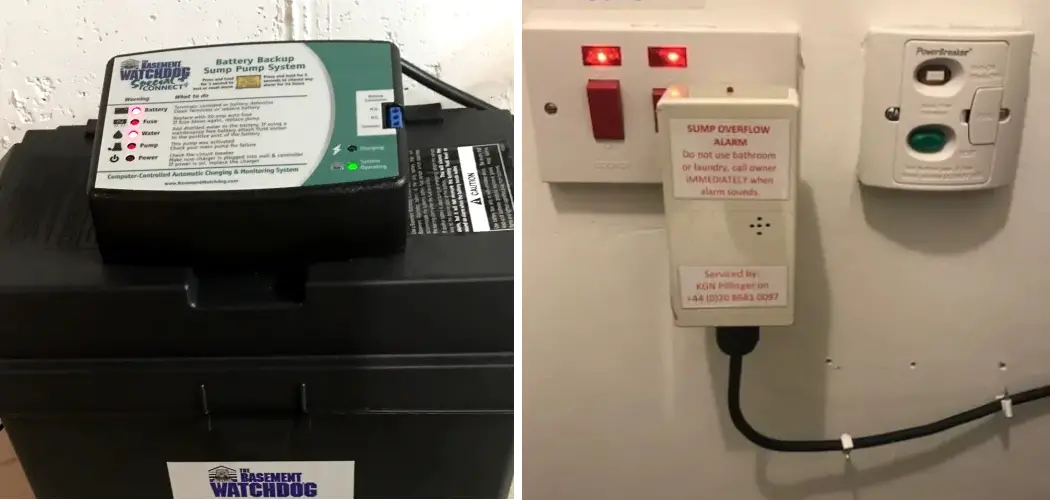When your sump pump alarm goes off, it’s a signal that there’s an issue with your sump pump system that needs attention. While the alarm serves as an essential warning for potential flooding or pump failure, knowing how to promptly address it can prevent water damage and ensure the continued functionality of your pump.
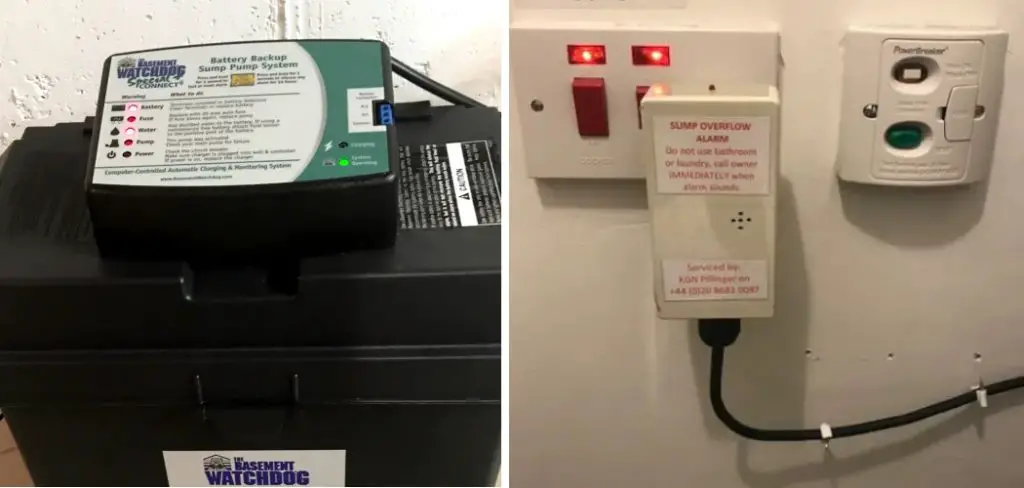
Turning off a sump pump alarm involves identifying the cause of the alarm, whether it’s high water levels, a malfunctioning pump, or a tripped sensor. In this article, we’ll explore step-by-step methods for how to turn off sump pump alarm, as well as troubleshooting tips to address common issues.
By understanding how to respond to a sump pump alarm, homeowners can mitigate potential water damage and maintain the integrity of their basement or crawl space.
Definition and Purpose of Sump Pump Alarm
A sump pump alarm is a critical component of a sump pump system, designed to alert homeowners to potential issues within their system. This alarm typically sounds off when the water level in the sump pit rises to a higher than normal level, which may indicate a malfunction such as a pump failure, power outage, or clogged discharge pipe.
The primary purpose of the sump pump alarm is to provide an early warning to homeowners, allowing them to address the problem before it leads to flooding, thereby preventing possible water damage and preserving the home’s foundation and structural integrity. Understanding the function and importance of a sump pump alarm is essential for effective home maintenance and flood prevention strategies.
Importance of Addressing Alarms Promptly
Ignoring or delaying a response to a sump pump alarm can lead to serious consequences, including basement flooding, property damage, and potential mold growth.

Promptly addressing the alarm is crucial for several reasons. Firstly, it allows homeowners to mitigate any immediate water-related risks, preserving the structural integrity of their home and safeguarding belongings.
Secondly, early intervention can prevent more significant, costly repairs down the line by identifying and rectifying issues before they escalate. Additionally, understanding and acting upon sump pump alarms can contribute to the overall longevity of the sump pump system by ensuring it operates efficiently and effectively.
The peace of mind that comes with proactively maintaining a sump pump system and preventing flood damage cannot be understated, highlighting the importance of taking sump pump alarms seriously and responding to them promptly.
Understanding Sump Pump Alarm Systems
Sump pump alarm systems serve as an early warning to homeowners, indicating issues within their sump pump operations.
These systems may vary in complexity, from basic models that emit a loud beep when water reaches a certain level, to sophisticated systems integrated with home automation, capable of sending notifications directly to a homeowner’s smartphone or computer. The core components typically include a sensor placed inside the sump pit to monitor water levels, the alarm unit which generates the warning sound or notification, and often a backup power source to ensure functionality during power outages.
Understanding the different types of sump pump alarm systems and their features can help homeowners choose the most effective setup for their needs. For instance, alarms with wireless connectivity offer the convenience of remote monitoring, allowing for immediate action, even when away from home.
It’s also beneficial to familiarize oneself with the system’s maintenance requirements to ensure consistent performance and reliability.
Components of a Sump Pump Alarm
The efficiency of a sump pump alarm system relies heavily on its components, each playing a crucial role in detecting and alerting homeowners to potential issues. Key components include:
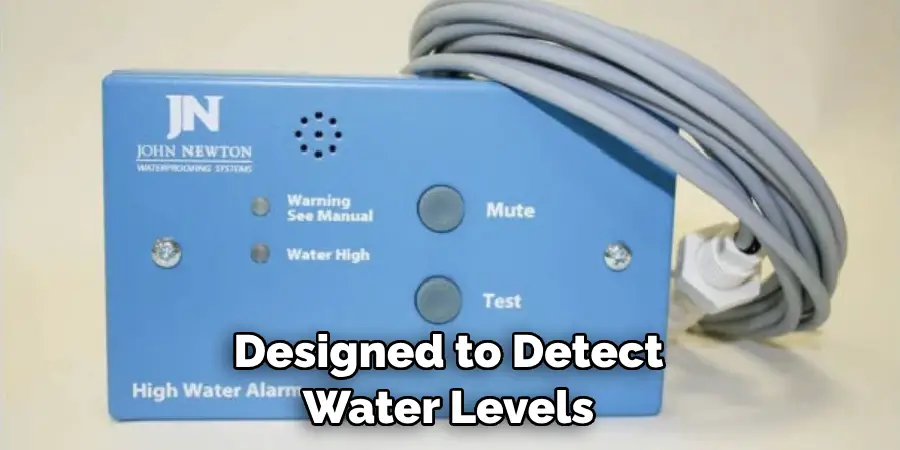
- Sensor: This vital part of the alarm system is placed within the sump pit. It’s designed to detect water levels, activating the alarm when the water reaches a predetermined height. Sensors can vary in design from simple float switches to more advanced electronic sensors that offer higher sensitivity and reliability.
- Alarm Unit: The alarm unit is the component that alerts the homeowner when the sensor detects high water levels. It can produce a loud audible alarm sound, and in more advanced systems, it may also include visual indicators, such as flashing lights.
- Battery Backup: Many sump pump alarms are equipped with a battery backup system. This ensures that the alarm remains operational even during power outages, which is crucial since sump pumps are often most needed during storms when power failures are likely.
- Control Panel: The control panel serves as the system’s operational hub. It allows homeowners to test the system, silence the alarm, and sometimes adjust sensor sensitivities or alarm settings. In more sophisticated systems, the control panel may also offer digital displays, system diagnostics, and integration capabilities with home automation systems for remote monitoring and control.
- Communication Module: For higher-end sump pump alarm systems, a communication module enables the system to send alerts to a homeowner’s smartphone, tablet, or computer. This feature is particularly useful for those who are frequently away from home, providing real-time updates and allowing for swift action to prevent water damage.
Understanding these components and their functions can help homeowners in selecting the right sump pump alarm system for their needs and ensuring its proper maintenance for effective operation.
Common Causes of Alarm Activation
When a sump pump alarm activates, it signals an abnormal condition within the pump system that requires immediate attention. Identifying the common causes of alarm activation can aid homeowners in swiftly diagnosing and addressing issues, potentially averting water damage. Some of the most frequent triggers include:

- High Water Level: The most common cause for an alarm to sound is when the water level in the sump pit exceeds a safe threshold. This can occur due to heavy rainfall, rapid snowmelt, or an influx of water from external sources.
- Pump Failure: Failures can arise from a variety of issues, including mechanical failure, obstruction in the pump impeller, or electrical issues. A non-operational pump cannot remove water from the sump pit, leading to rising water levels and alarm activation.
- Power Outage: Since sump pumps rely on electrical power to operate, any interruption can incapacitate the pump. Even with a battery backup, prolonged power outages can exhaust the backup power, resulting in alarm activation if water levels rise.
- Clogged Discharge Pipe: Blockages in the discharge pipe prevent water from being expelled efficiently. Water backs up into the pit and, if not rectified, will reach the sensor level and trigger the alarm.
- Improper Installation or Maintenance: Incorrect installation of the sump pump or alarm system, including incorrect positioning of the pump or sensor, can cause false alarms or fail to alert homeowners to real issues. Lack of regular maintenance can also lead to failures that result in alarm activation.
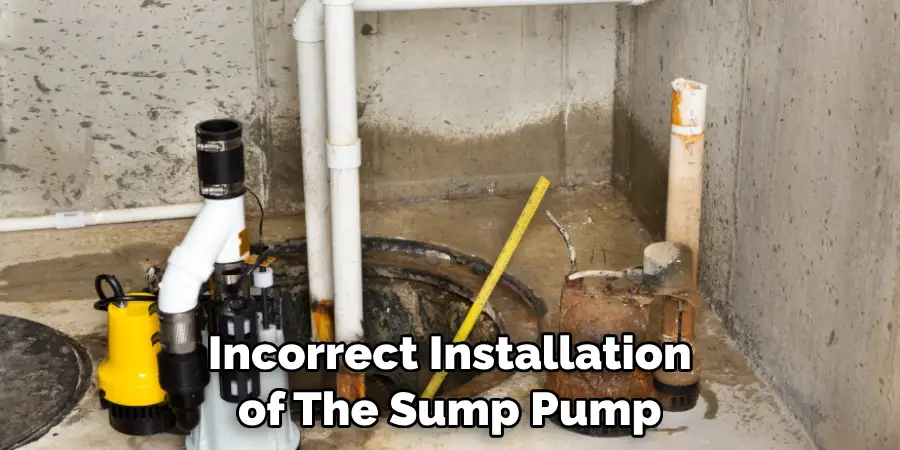
Understanding these common causes can help homeowners take preventive measures, such as regular maintenance checks and proper installation practices, to reduce the risk of alarm activation and ensure the sump pump system operates effectively when needed.
10 Methods How to Turn off Sump Pump Alarm
1. Identify the Source of the Alarm:
Begin by locating the sump pump alarm panel or control unit. Take note of the specific indicator or message displayed, as it will provide valuable information about the nature of the alarm. Common reasons for sump pump alarms include high water levels in the sump pit, pump failure, power outages, or malfunctioning components.
2. Check Water Levels:
If the alarm indicates high water levels, visually inspect the sump pit to confirm. Use a flashlight to illuminate the pit and check the water level relative to the pump intake. If the water level is indeed high, it may indicate a heavy influx of water from rainfall or drainage issues around the property.
3. Inspect the Pump:
If the water level appears normal but the alarm persists, inspect the sump pump for signs of malfunction. Start by visually examining the pump unit for any visible damage, debris, or obstructions. Remove any debris or foreign objects that may be obstructing the pump or impeding its operation.
4. Test the Float Switch:
The float switch is a critical component of the sump pump that triggers the alarm when water levels rise too high. Test the float switch by manually lifting it to simulate rising water levels. Listen for the sound of the pump activating and observe whether water is being expelled from the pit. If the pump fails to activate, the float switch may be stuck or malfunctioning and require adjustment or replacement.
5. Reset the Alarm:
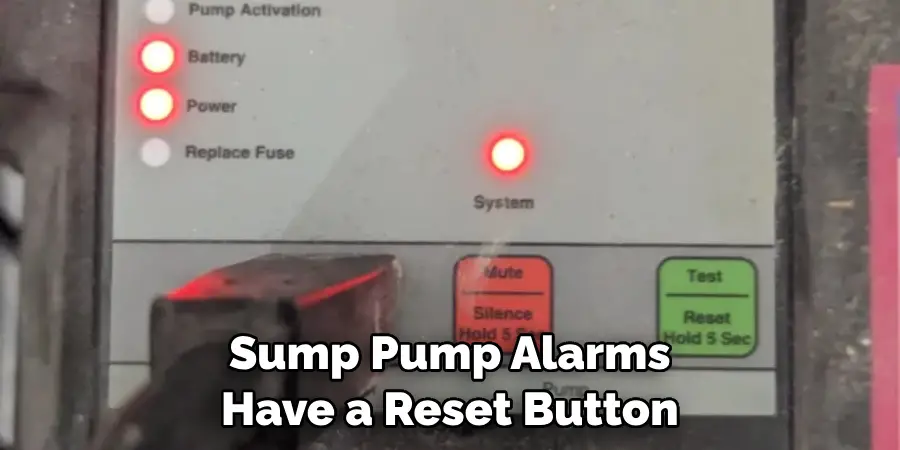
Many sump pump alarms have a reset button or switch that allows you to reset the alarm after addressing the underlying issue. Locate the reset button on the alarm panel or control unit and press it to reset the alarm. Monitor the pump closely to ensure that the alarm does not activate again immediately, indicating that the issue has been resolved successfully.
6. Check Power Supply:
Verify that the sump pump is receiving power from its electrical source. Check the circuit breaker or fuse box to confirm that the circuit supplying power to the pump is not tripped or overloaded. If the circuit breaker has tripped, reset it and monitor the pump for normal operation. If the issue persists, there may be a problem with the electrical wiring or the pump motor itself.
7. Inspect Battery Backup:
If your sump pump is equipped with a battery backup system, check the status of the battery. Low battery voltage or a malfunctioning backup system can trigger the alarm. Test the battery and backup system according to the manufacturer’s instructions, ensuring that the battery is fully charged and capable of powering the pump in the event of a power outage.
8. Monitor Discharge Pipe:
Examine the discharge pipe connected to the sump pump to ensure that water is being expelled properly. Inspect the entire length of the pipe for leaks, kinks, or blockages that may impede the flow of water. Clear any obstructions and repair any damage to the discharge pipe to restore proper operation.
9. Check for Sensor Malfunction:
Some sump pump alarms are equipped with sensors that detect water levels or pump activity. Inspect these sensors for damage or malfunction and ensure that they are properly positioned and connected to the alarm system. Clean or replace sensors as necessary to restore proper function and accuracy.
10. Consult a Professional:
If you’re unable to identify or resolve the issue causing the sump pump alarm, it may be necessary to seek assistance from a professional plumber or sump pump technician.

A qualified expert can conduct a thorough inspection of the sump pump system, diagnose the problem accurately, and recommend appropriate repairs or replacements to ensure the continued reliability of your sump pump system.
Troubleshooting Tips for Persistent Alarms
Persistent sump pump alarms can indicate a deeper, unresolved issue within the system. When faced with such alarms, consider the following troubleshooting tips to identify and rectify the problem effectively:
- Review the Manufacturer’s Manual: Every sump pump model has unique features and troubleshooting guidelines. Consult the manufacturer’s manual for specific troubleshooting steps tailored to your pump model. This can provide valuable insights into less common issues that might cause persistent alarms.
- Check for Electrical Interference: Electrical interference from other devices on the same circuit can sometimes trigger false alarms. Ensure that your sump pump and alarm system are on a dedicated circuit, if possible, or check for devices that could be causing electrical noise or interference.
- Conduct a Water Flow Test: To assess the pump’s efficiency, pour water into the sump pit to manually raise the water level and observe the pump’s response. This test can help identify whether the pump is activating too late or if the water is not being expelled quickly enough, which may indicate a problem with the pump’s capacity or the condition of the impeller.
- Inspect for Structural Issues: Occasionally, the sump pit itself can be the source of the problem. Look for cracks, leaks, or signs of overflow that might affect the pump’s ability to manage water levels effectively. Structural issues with the pit may require professional repair.
- Evaluate the Alarm System: In cases where the sump pump appears to be functioning correctly, the issue may lie within the alarm system itself. Test the alarm system independently of the pump by simulating trigger conditions or using the system’s test function, if available. This can help determine if the alarm system is too sensitive or malfunctioning.
- Routine Maintenance Check: Regular maintenance checks can prevent persistent alarms by ensuring that all components of the sump pump system are in optimal working condition. Schedule routine inspections to clean the pump, check for wear and tear on mechanical parts, and ensure electrical connections are secure.
- Upgrade System Components: If troubleshooting efforts do not resolve the persistent alarms, consider upgrading components of your sump pump system. Advanced models with more sophisticated sensors or higher capacity pumps may offer a more reliable solution to ongoing water management challenges.
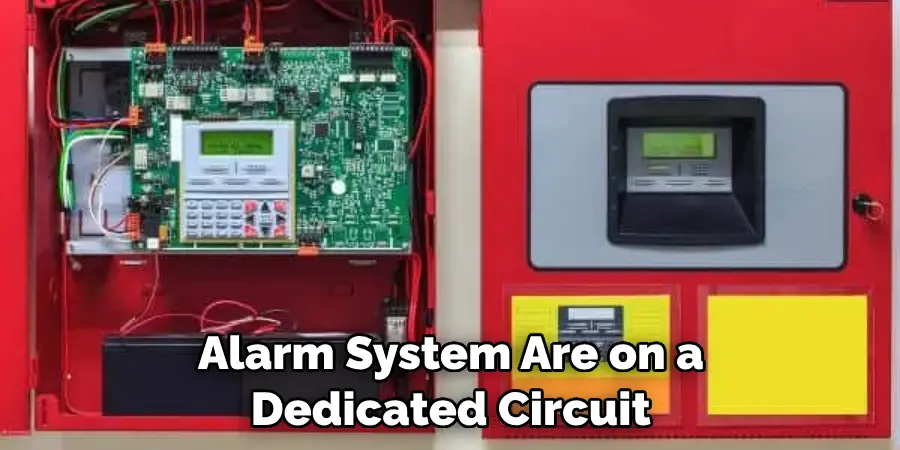
Remember, persistent alarms should not be ignored, as they indicate that your sump pump system requires attention. Addressing these issues promptly can prevent basement flooding and water damage, safeguarding your home and peace of mind.
Inspecting Float Switch and Control Panel
A critical component of any sump pump system is the float switch. This device gauges the water level in the sump pit and signals the pump to start or stop. A malfunctioning float switch could result in persistent alarms or the failure of the sump pump to activate when needed.
To inspect the float switch, ensure that it is not hindered or entangled with any wires or debris that could impede its movement. Test the switch by manually raising it to see if it activates the pump. If the pump does not respond, the float switch may require replacement or adjustment for optimal performance.
The control panel is the brain of the sump pump system, overseeing its operation. Inspecting the control panel involves checking for any visible signs of damage, such as burnt components or loose connections. Ensure that all wires are securely connected and that the panel is free from moisture or any other signs of water damage.
If the control panel displays error messages or warning lights, consult the manufacturer’s manual for guidance or consider seeking professional help. Regular inspection and maintenance of the float switch and control panel are essential for ensuring the reliability and efficiency of your sump pump system, preventing potential water damage from flooding.
Conclusion
In conclusion, knowing how to turn off a sump pump alarm is crucial for maintaining a functional basement waterproofing system. By following the steps outlined in this guide, homeowners can effectively address alarm notifications and prevent potential water damage or flooding.
Promptly identifying the source of the alarm, assessing the situation, and taking appropriate action are essential for mitigating risks and ensuring the continued operation of the sump pump.
Additionally, implementing preventive measures and conducting regular maintenance can help minimize the occurrence of alarms and prolong the lifespan of the pump system. Thanks for reading, and we hope this has given you some inspiration on how to turn off sump pump alarm!

